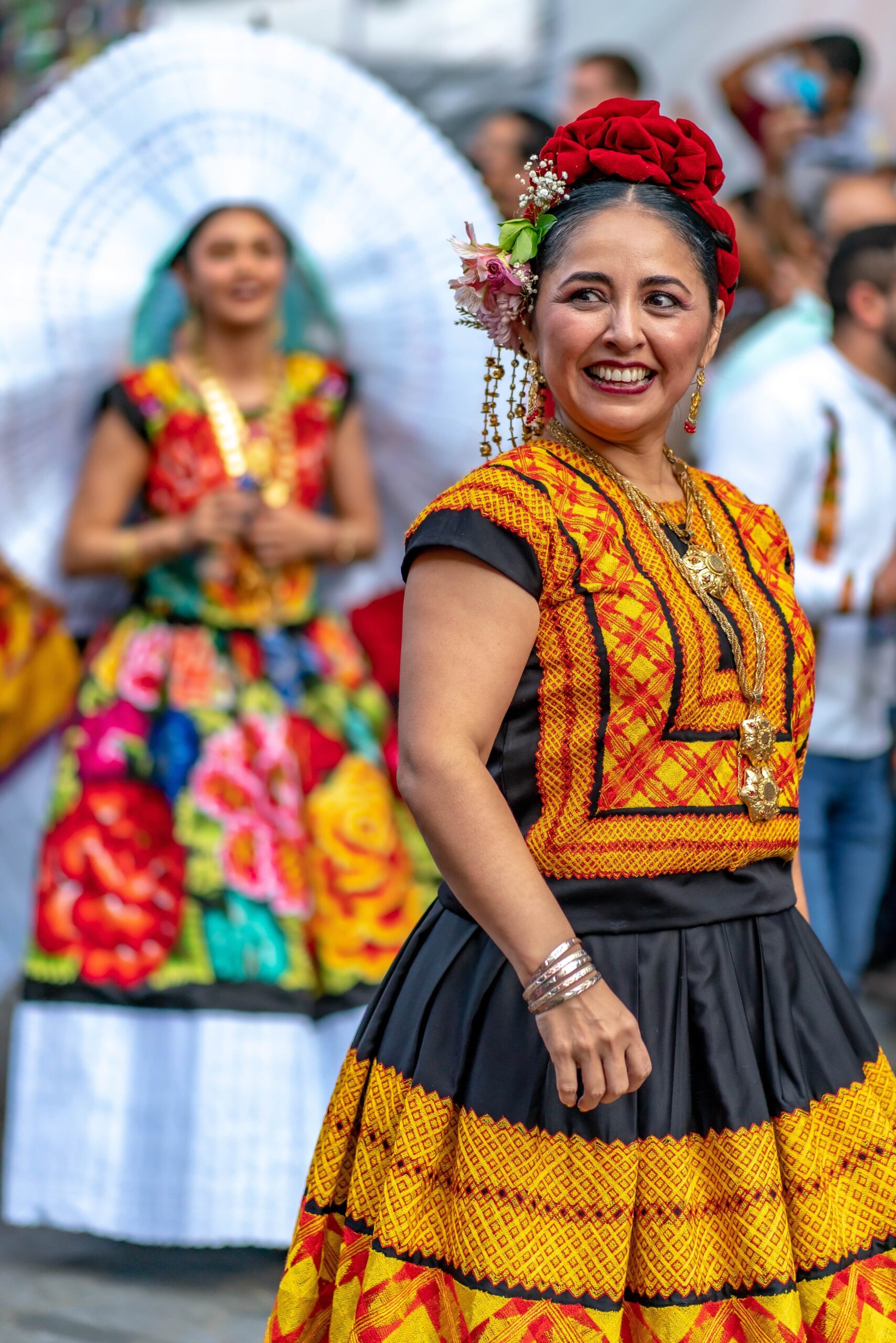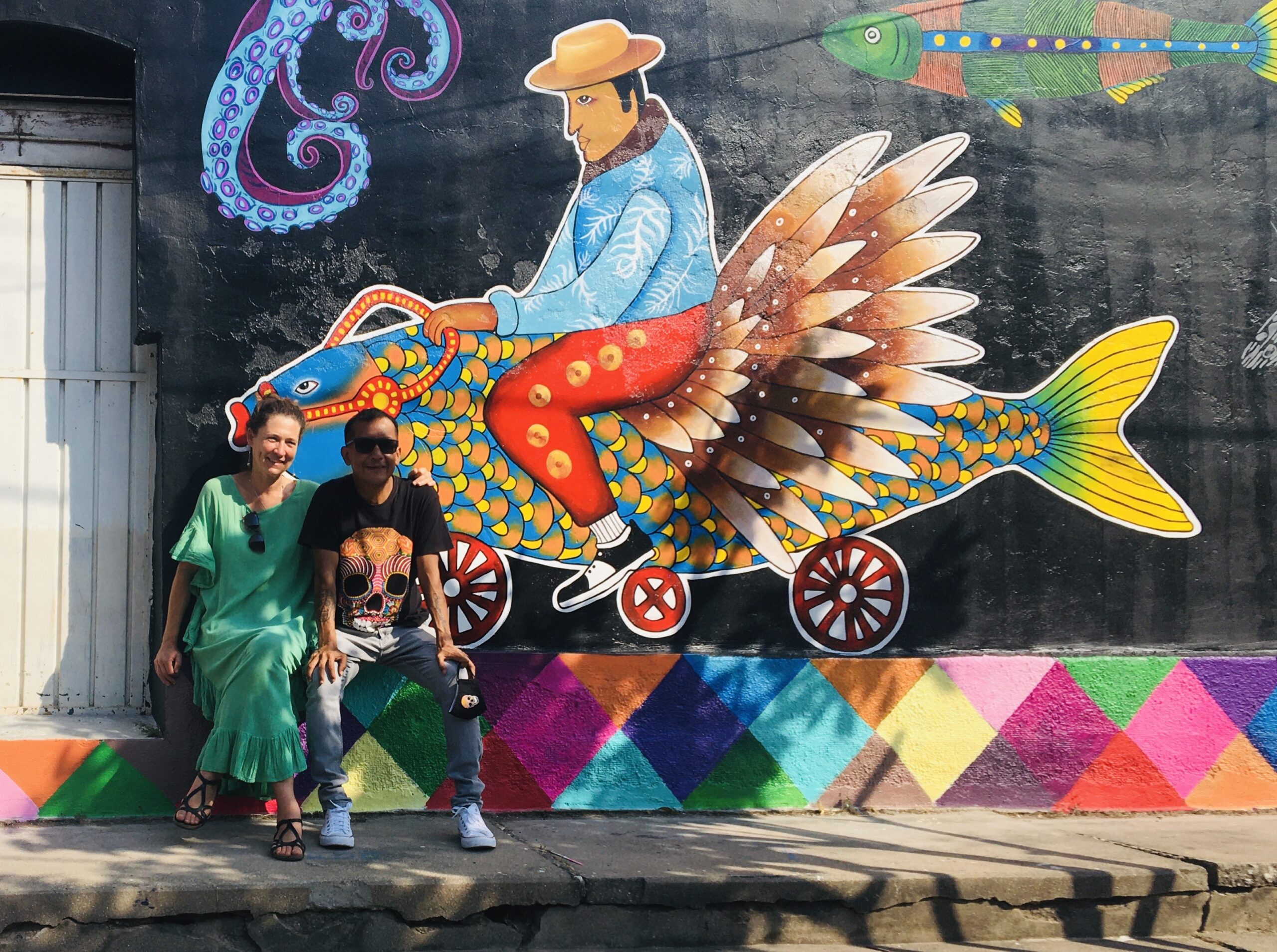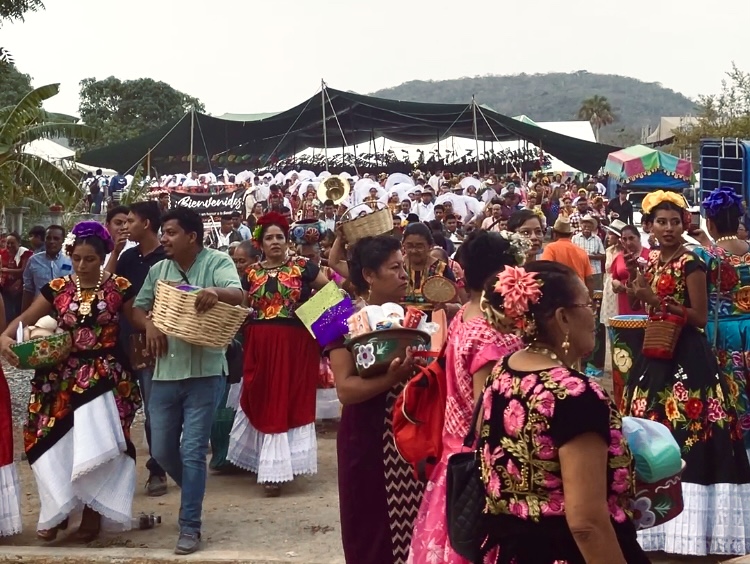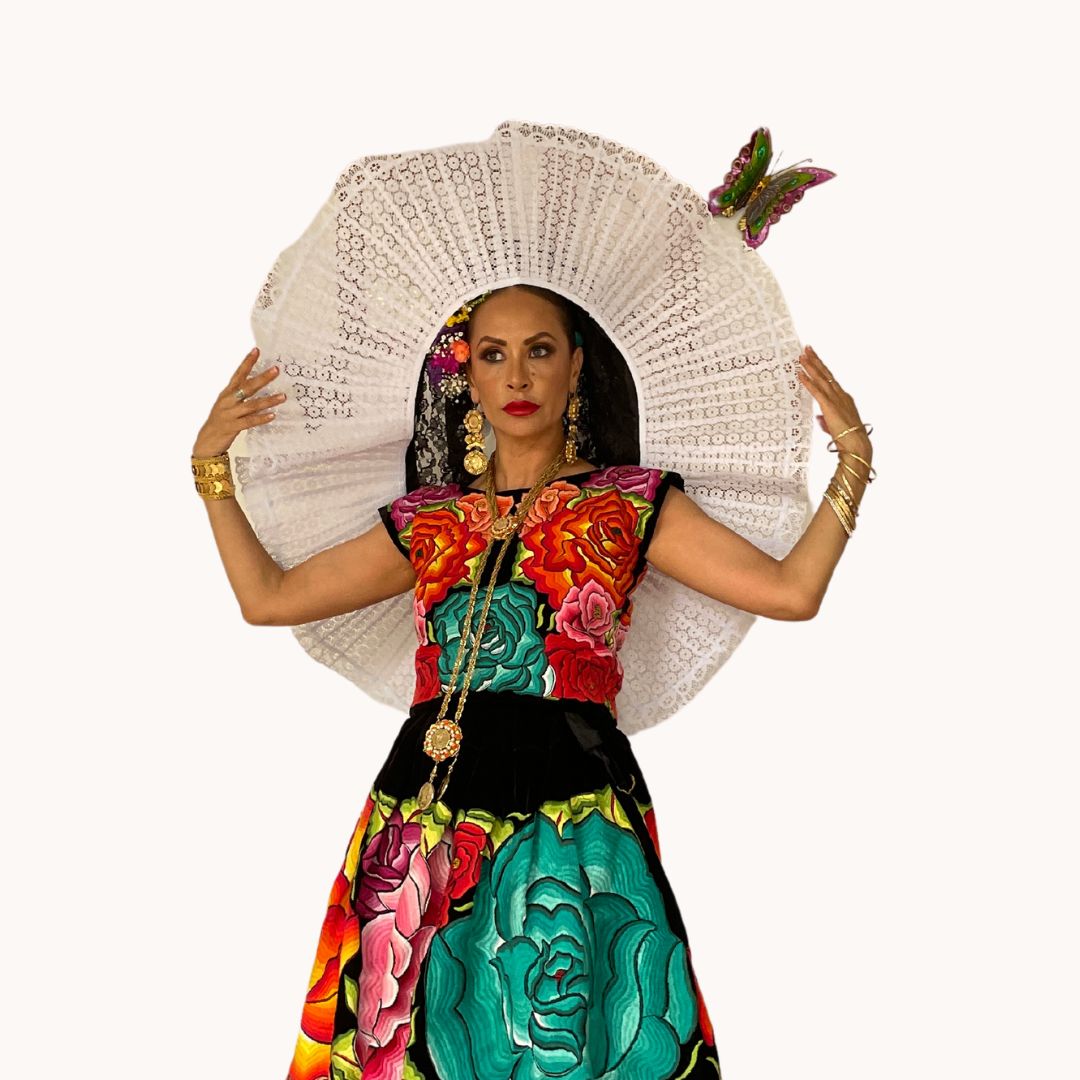MALINALI GROUP TRAVEL
El corazón istmeño
A journey to the heart of the Oaxacan Isthmus.
Costa de Oaxaca, 13 – 25 Enero, 2024
El Corazón istmeño
Costa de Oaxaca, Fechas por definir
LOCAL GASTRONOMY
MUXE CULTURE
FESTIVALS & MARKETS
ARTCRAFT
a multi-ethnic cultural journey between the past and the present.
This trip embraces the voices, the living culture, and the daily life of the Isthmus of Tehuantepec. A region rich in traditions where ancient ethnic groups converge (Zapotecs, Zoques, Mixes, Huaves, Mixtecs) faithful to their traditions and indigenous past.
The region’s warm, smiling, and hospitable inhabitants will share with you their gastronomy, mysticism, crafts, music, dance, art, and unique festivals. On this trip, you will get closer to their daily life and the various expressions of their vital present and their symbolic past. You can also participate in their celebrations.
Between celebrations, we will relax for a few days on one of the most beautiful beaches in the state of Oaxaca.




ITINERARIO Y PROGRAMADEL VIAJE
Saturday 13 January
Arrival at the Tuxtla Gutierrez airport.
Sunday 14 January
Indigo with Achemx
We left for our adventure. A three-hour drive takes us to Santiago Niltepec, where we are greeted by a local friend. We eat at his house, and in the afternoon, we will learn about the incredible natural extraction process of indigo, from the plant called jiquilite to the petrified indigo, ready for dyeing. Each one will dye their garment, designed by the 100% Mexican brand Ache, which they will be able to keep as a souvenir of this magnificent and unique experimental trip.
Monday 15 January
Textile and tipxpëtëjk
San Juan Guichicovi awaits us, an Ayuuk (Mixe) town located in the Lower Mixe region and surrounded by humid forests. On foot, we will explore the streets, the square, and the market. We admire the colonial architecture of the XXVI century and visit the Dominican temple of San Juan Bautista.
We will visit a workshop where they make traditional mixed entanglements and huipiles on a waist loom. We will also meet a local company of women who are inspired by the color and joy of their culture to make huipiles with a chain on a pedal machine. Thanks to the success of the project, being an artisan in Guichicovi represents autonomy, economic security, and a legacy for future generations.
We will end the visit with a sample of music by Mixe revelers, better known as the tipxpëtëjk, who play string instruments.
Tuesday 16 January
Washing of the ornaments
We will attend a beautiful celebration and tradition in a Zapotec town: La Lavada, and the ironing of Ornaments of the Virgen de la Soledad. It is a religious festival of more than 156 years where the faith, unity, brotherhood, and joy of its inhabitants are strengthened.
In the morning, we will walk together with the locals towards the river, where the clothes of the Virgin are washed for later be ironed in the atrium of the town church. Then we return to the hotel to rest. In the afternoon, we return to the festivities.
Wednesday 17 January
Market, Mixes, and Flowers
We will continue delving into Isthmian culture with a visit to the Juchitán market, a microcosm of colors, smells, and flavors, a delight for your senses. At noon we will be invited to eat at the home of a Muxe who will share with us the importance of the third gender in Zapotec society and culture.
In the afternoon, we will visit a ceramic workshop. We will learn about the different types of household items to prepare Istmeños food.
We will spend the night in the pleasant city of Tehuantepec.
Thursday 18 January
Dead Sea and Waist Loom
We will spend today in a remote community with Ikoots (huave) that live between the living sea and the dead sea. In the morning, we will take a boat tour through landscapes of water and desert.
We delight ourselves with fresh fish, and in the afternoon, we will visit a cooperative of artisan weavers using backstrap looms and textiles dyed with natural dyes. With them, we will learn that for the native peoples, a traditional textile (huipil) is a garment that is part of the cultural heritage of a people, their identity, and symbolizes their history.
Friday 19 January
Chips, Textile, and Dunes
Early in the morning, we will board a unique public transport (mototaxis) to go to San Blas Atempa, where Lisette will receive us at her house for breakfast. Her mother is a tortilla maker, and she will teach us how to make the delicious tortilla chips typical of the Isthmus of Tehuantepec.
In motorcycle taxis, we will continue the trip, passing through exotic landscapes of palm trees to reach the town of Santa Rosa de Lima, where we will visit a house of traditional textile embroidery artisans and we will learn the value of craftwork.
In the afternoon, we will eat fresh fish on a deserted beach near some huge sand dunes.
We will spend the night on the coast of Oaxaca.
Saturday 20 January
Mangroves and Sunsets
In the morning, we will take a boat ride through a lagoon. We enter a red mangrove reserve where numerous species inhabit, the most visual and spectacular being the crocodiles.
Sunday 21 January
Rest and Enjoy
We already deserve a day of rest after everything we have done and to prepare ourselves for what follows: the Istmeñas Festivals.
Monday 22 January
Archeology on the route
In the morning, we will visit an archaeological site that controlled coastal navigation and had commercial contact with the Mayan peoples of the southeast, with the Zoques of what is now Chiapas, and with groups from central Mexico, particularly with the Teotihuacanos, in addition to having been a contemporary settlement of Monte Alban.
In the afternoon, we return to the heart of the Isthmus.
Tuesday 23 January
Railways and Gastronomy
In the morning, we go to the city of Matías Romero Oaxaca, located in a mountainous area where the north and south winds blow almost constantly. This city has a great history because the axis of the National Transpeninsular Railway was located there, which crossed the isthmus to unite the two oceans. We visit the old train station and some houses from the golden age. We will have the opportunity to talk with the inhabitants of the houses.
At noon we will learn to prepare Istmeña snacks. In the afternoon, we will attend the calendas, a fundamental part of the festivities of the Isthmus that renews and strengthens family, community, and personal ties.
Wednesday 24 January
The big day has arrived! We will participate in the joyful and colorful Istmeñas Festivals. In the morning, our hostesses will dress the traveling women with the Lavish Regional Costume of the Tehuanas. For the Istmeñas, it is a whole ritual and a unique coexistence experience for us. Traveling men can witness the complex transformations or go swimming in a river since their clothing and grooming takes less time (at least if they want to go Mixe…).
CON QUIÉN VIAJARAS

SOBRE MURIELLE
Murielle es diseñadora de viajes y guía certificada. Sus viajes buscan acercar a los visitantes al complejo, diverso y hermoso mosaico que es México, para que regresen a su lugar de origen con nuevos conocimientos acerca de otros modos de vivir y con la esperanza de que puedan contribuir a un mejor entendimiento intercultural.
Desde el 2005 radica en Chiapas, donde con mucha pasión sigue explorando el misterioso mundo maya.

SOBRE DEYA
Born and living on the Isthmus of Tehuantepec, Deya is proud of her Zapotec roots, inherited from her mother. Her passion for Textile Art has led her to explore and learn about the artisanal diversity of traditional textiles from her region and the State of Oaxaca, as well as their different techniques and manufacturing processes. With much love, she shares her knowledge about traditional Mexican clothing, thus creating awareness about the value of artisan work, its cosmogony and collective property rights, and the cultural richness of traditional clothing.
